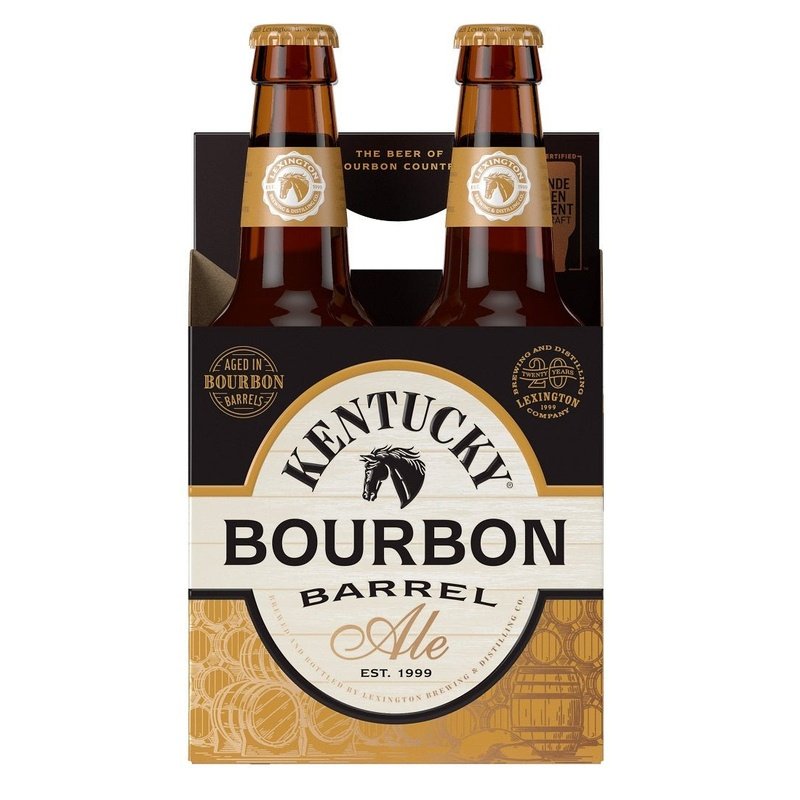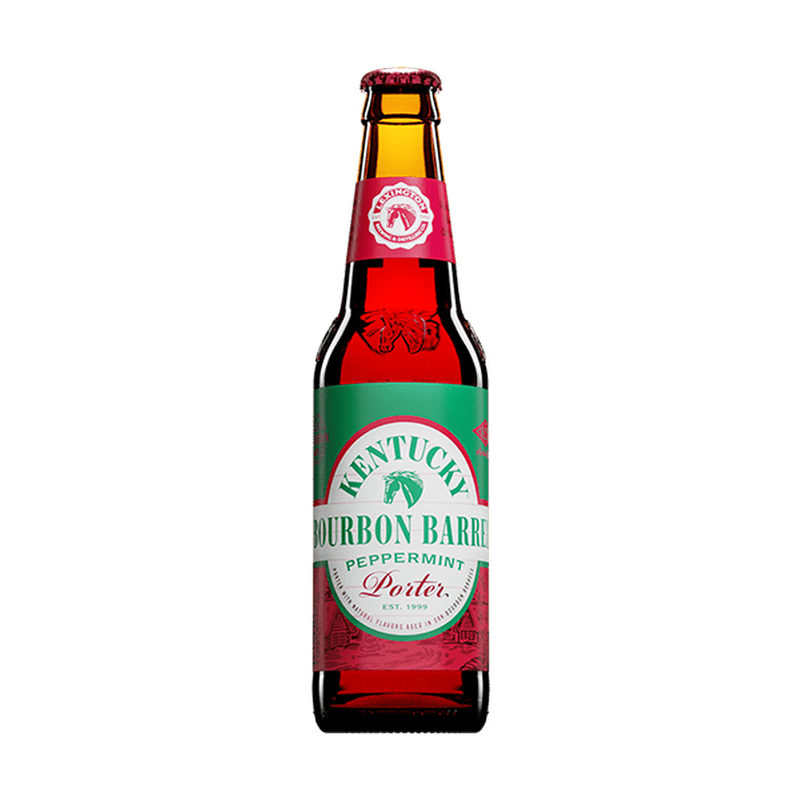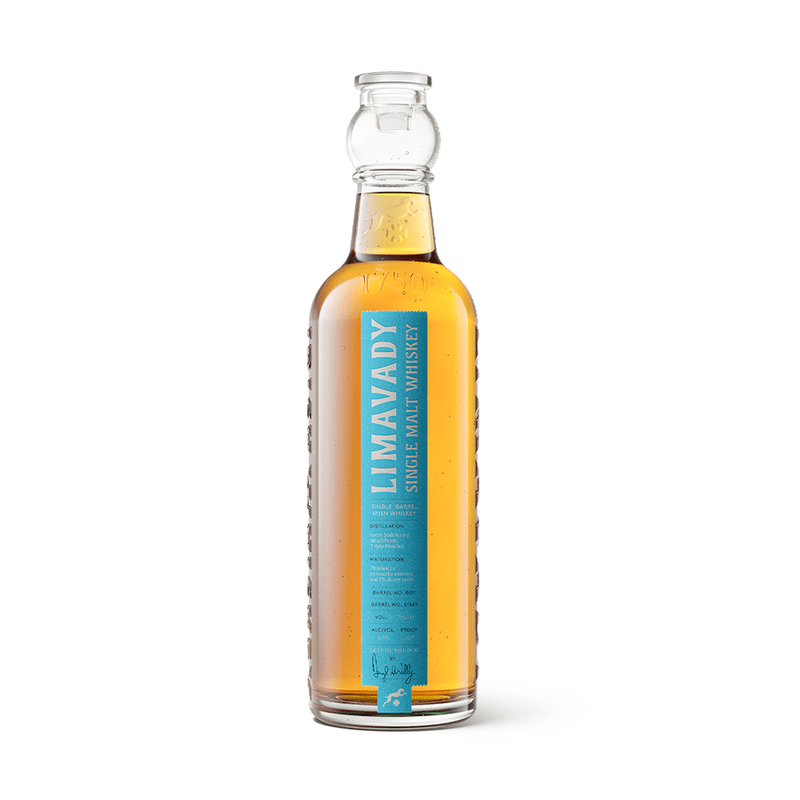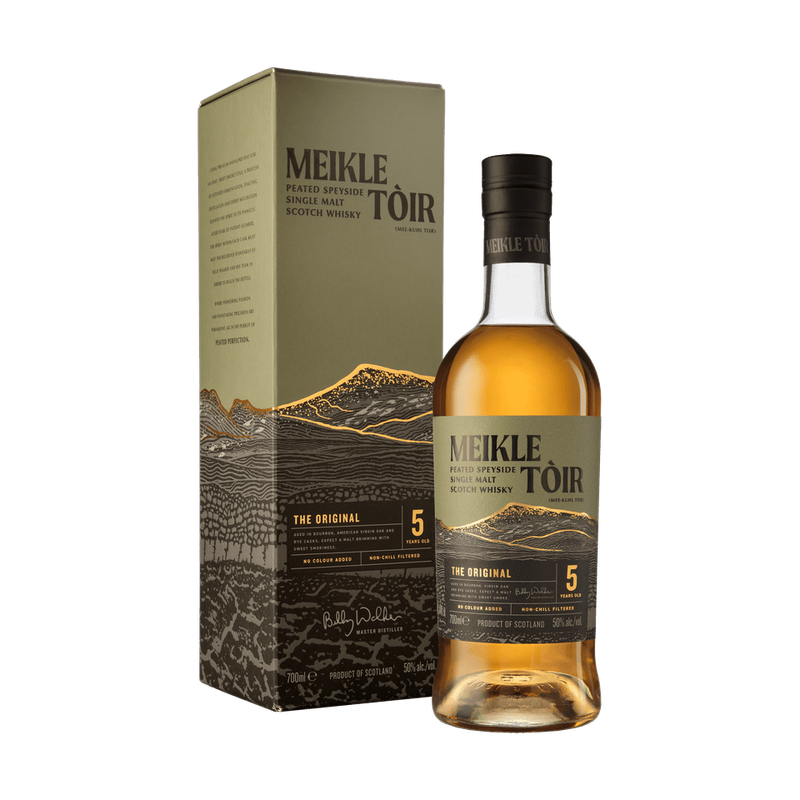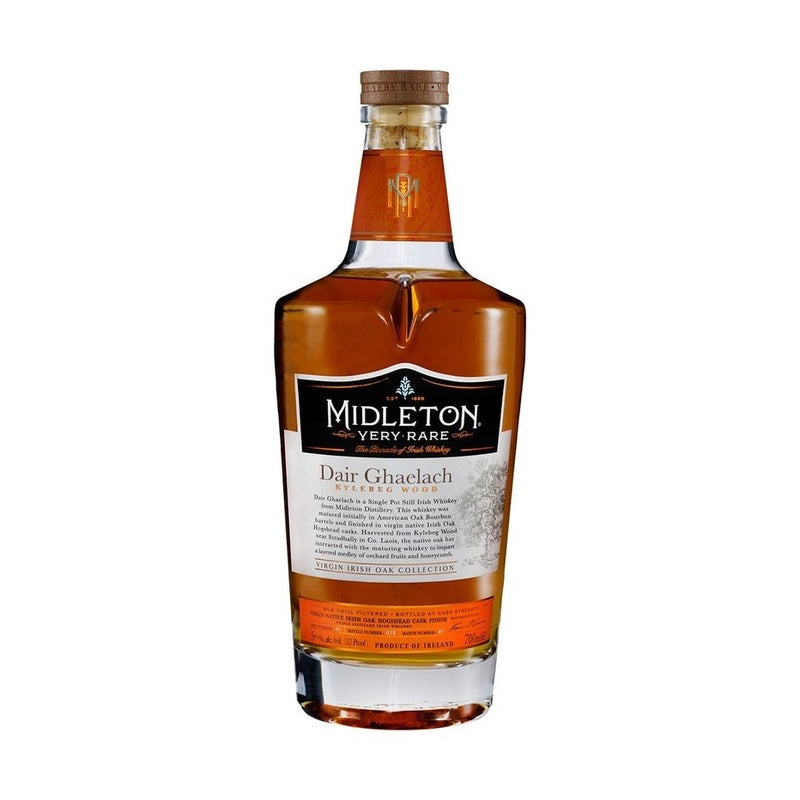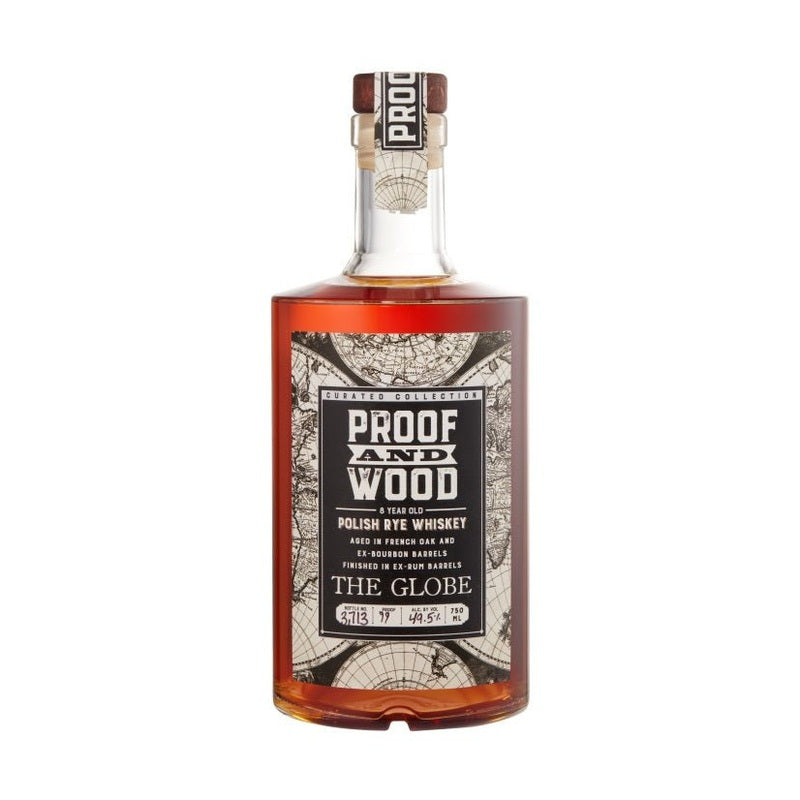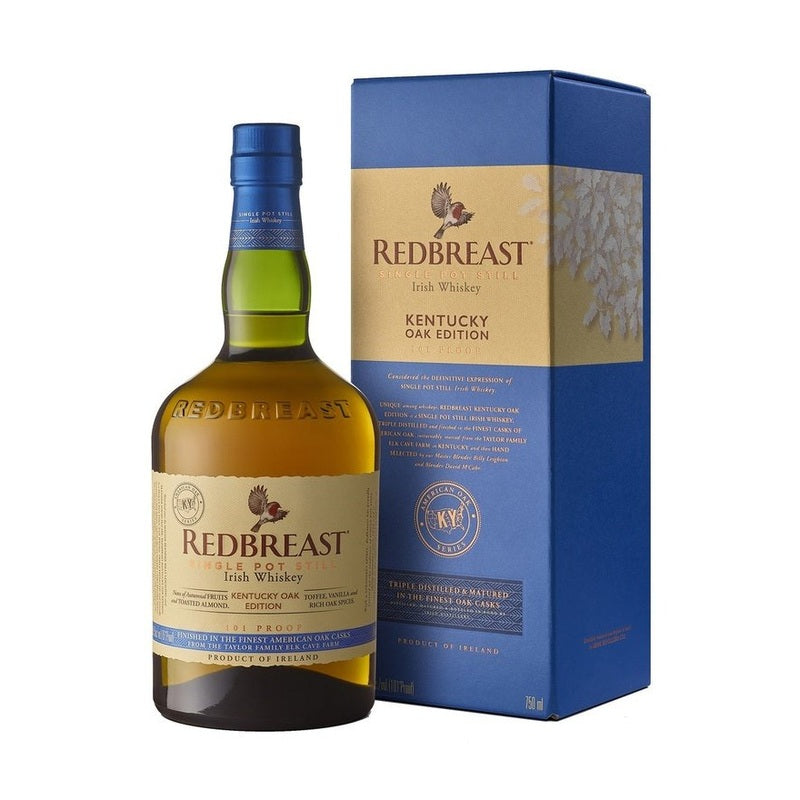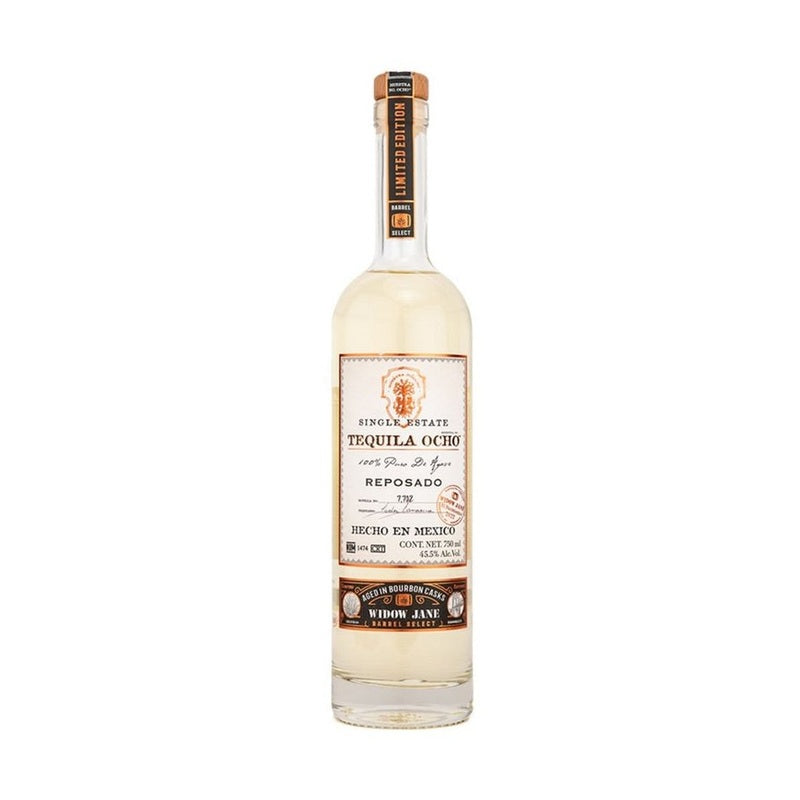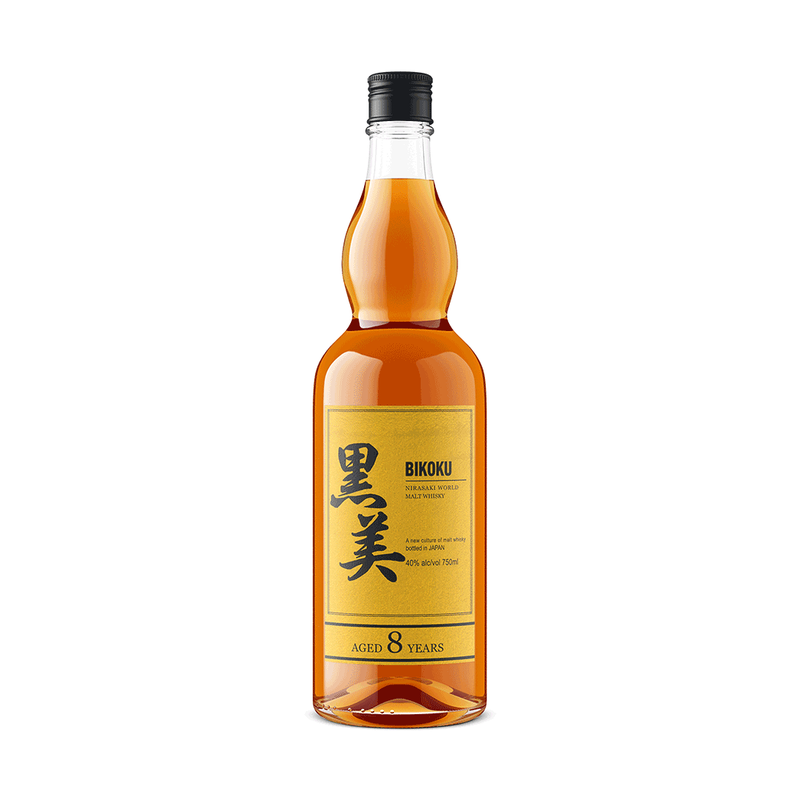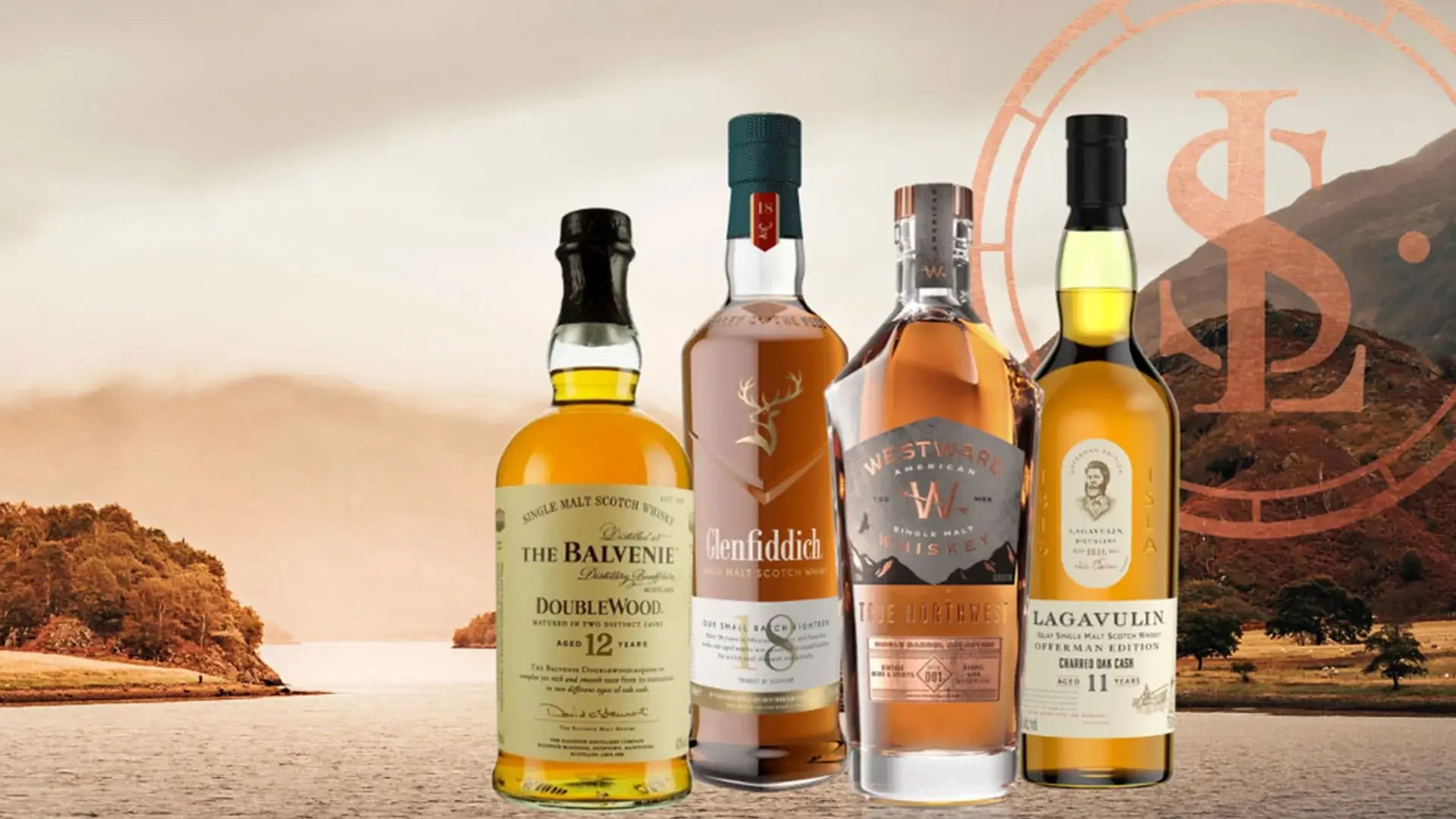
Bourbon Barrels
Filters
Bourbon barrels play a crucial role in the production of bourbon whiskey, influencing its flavor, color, and overall character. By law, bourbon must be aged in new, charred oak barrels, typically made from American white oak. This requirement is a key element that distinguishes bourbon from other types of whiskey and contributes to its distinct profile.
The charring process inside the barrels creates a layer of charred wood that interacts with the whiskey as it ages. This interaction allows the whiskey to absorb compounds from the wood, such as vanillin, tannins, and lignin, which impart flavors of vanilla, caramel, spice, and oak. The level of charring can vary, with most barrels receiving a medium or heavy char, known as "char levels 3 or 4." These char levels contribute to the deep amber color and rich flavor that bourbon is known for.
As bourbon ages in these barrels, the whiskey expands into the wood during warmer months and contracts during cooler months, which enhances the exchange of flavors between the liquid and the wood. The minimum aging period for bourbon is two years, but many premium bourbons are aged much longer, often between 4 to 10 years or more, to develop more complex and mature flavors.
Once the barrels have been used to age bourbon, they cannot be reused for bourbon production. However, they are often repurposed for aging other spirits like Scotch whisky, rum, or tequila, or even used in beer production, particularly for barrel-aged stouts and ales. The influence of bourbon barrels on these other beverages adds a unique layer of flavor and complexity, making them a valuable commodity in the spirits and brewing industries.
Lexington Brewing Kentucky Bourbon Barrel Ale Beer 4-Pack
Lexington Brewing Kentucky Bourbon Barrel Peppermint Porter Beer 4-Pack
Limavady Single Barrel Single Malt Irish Whiskey
Meikle Toir 'The Original' 5 Year Old Peated Speyside Single Malt Scotch Whisky
Midleton Dair Ghaelach Kylebeg Wood Tree No. 3 Single Pot Still Irish Whisky
Papa's Pilar 24 Solera Dark Rum Sherry Cask Finish
Proof and Wood 'The Globe' Polish Rye Whiskey
Redbreast Kentucky Oak Edition Single Pot Still Irish Whiskey
Tequila Ocho Widow Jane Barrel Select Reposado Tequila
The Balvenie Tun 1509 Batch No. 4 Single Malt Scotch Whisky
Bikoku Single Malt Whisky 8 Year
- Featured
- Best selling
- Alphabetically, A-Z
- Alphabetically, Z-A
- Price, low to high
- Price, high to low
- Date, old to new
- Date, new to old





